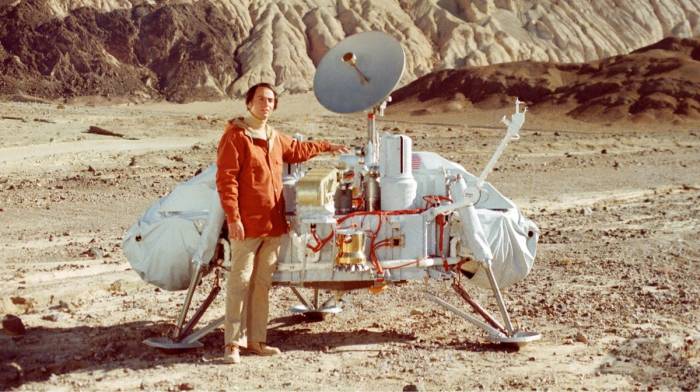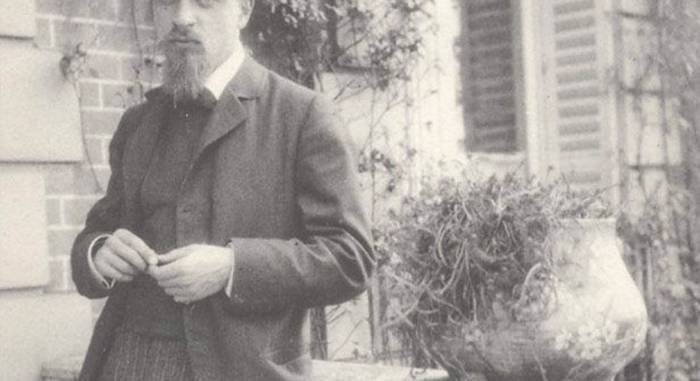Three Meta-Physical Tips for Increasing Your Energy From Nikola Tesla
True to the visionary spirit, Tesla reflected on the energy we put to use in the pursuit of our personal and collective purposes.
We live at a time when we’re torn between fatigue and productivity, two realities the link between which is so obvious that we may have failed to notice it. Everywhere there’s a demand to do more, to produce, to yield, to make time for everything, and to deal with everything. Yet we feel tired, overwhelmed, with a secret ambition to stop this frenzy.
In such a context, it might seem contradictory to read Nikola Tesla’s recommendations for increasing personal energy. Do we want still more energy only to feel yet more tired?
Not precisely. As we know, Tesla was a great visionary, not only in science but also toward some of the deepest questions in his own life. His concerns extended to the apparent impossibility of human beings living in peace and fulfillment.
In that spirit, we can attribute the tips below. Rather than inviting us to blindly increase energy, Tesla proposes that we reflect on whatever objectives we might pursue. Do we want more energy for fighting with the neighbors? Do we want more energy to accumulate passively in the body? Or do we want more energy to continue in this broad project we call living a full life?
The fragments on which these tips are based come from the various writings that Nikola Tesla dedicated to the subject the energy seen from a physical, human, social and reflective focus.
Increase muscle mass
This first tip from Tesla is so elementary that, at first glance, it might seem rather alien to such a great scientist. But Tesla’s genius is in the tip’s very simplicity. From a physical standpoint, Tesla shows us that an increase our muscle mass is the first step toward increasing our overall energy.
Imagine a train composed of, say, one hundred locomotives running on a track, and suppose that, to increase the energy of the moving mass, four more locomotives are added to the train. If these four move at the same velocity at which the train is going, the total energy will be increased four per cent.; if they are moving at only one half of that velocity, the increase will amount to only one per cent.; if they are moving at twice that velocity, the increase of energy will be sixteen per cent. This simple illustration shows that it is of the greatest importance to add mass of a higher velocity.
In speaking of increasing the mass in a human being, Tesla thought about “an adequate balance between mind and body.” That’s to say, in very concrete terms, we adopt the habits of life necessary to the maintenance of an optimal level of muscular mass to detonate the energy reserves which the metabolism naturally tends to accumulate.
Tesla was against stimulants – be they alcoholic beverages or coffee – and against social activities like gambling or even business. These he thought activated us momentarily but then let us down. In exchange, he proposed habits like moderate physical exercise, a vegetarian diet, and the contemplation of art such that we might enjoy a rather sustained increase in personal, lasting energy throughout our existence.
Reduce friction
Whether from a physical or metaphysical point of view, friction causes the waste of both energy and material. “The force which retards the onward movement of man is partly frictional and partly negative” wrote Tesla. With some Buddhist inspiration, Tesla warned of the unnecessary delay that arises when resisting life’s natural course.
To illustrate this distinction [between the frictional and the negative] I may name, for example, ignorance, stupidity, and imbecility as some of the purely frictional forces, or resistances devoid of any directive tendency. On the other hand, visionariness, insanity, self-destructive tendency, religious fanaticism, and the like, are all forces of a negative character, acting in definite directions.
In this fragment, Tesla thought above all about the social effects of negative forces, which, briefly said, condense into a single word: war. To achieve peace, the inventor considered that it’s enough to “turn all negative force toward the correct direction and to reduce the impact of friction.”
This proposal, too, is enunciated with such simplicity that it may seem naive. But it’s enough to reflect just a little to realize the lucidity and ease with which Tesla understood the root of the human problem. We resist change, determined to preserve familiar conditions at precisely that moment when life itself has opened an entirely new panorama.
True Work
Tesla couldn’t have imagined the long days at work led by people all over the planet, from the executive whose life is connected, 24/7, to the worker who spends more than 12 hours at the same job. For Tesla, work is, paradoxically, a source of energy and not as happens so often, the source of exhaustion.
The scientist’s idea is, of course, that work is a reality different from what we’re accustomed to thinking. It’s more of an activity which stimulates us, and in which we can use our ingenuity as well as our skills, our time and our effort and, perhaps, to then never get tired for no other reason than that work motivates us.
In this respect, Tesla is something of a renaissance man. In his ideas are echoes of the lives which we so often admire. People like Leonardo da Vinci or Ada Lovelace, or like Tesla himself, who surprise us with the ingenuity of their knowledge, for their unlimited creativity, for their works, and for their achievements.
But too often we don’t notice that, through the courses of their own existence, these geniuses didn’t ever stop working. And as such, we begin to see that it’s possible to understand work itself from an entirely different perspective.
As Tesla put it: “Motive power means work. To increase the force accelerating human movement means, therefore, to perform more work.”
Also on Faena Aleph: The diet and exercise routine of Nikola Tesla
*Image: Public Domain
Related Articles
7 Recommendations for Organizing Your Library
For the true bibliophile, few things are more important than finding a book from within your library.
Red tea, the best antioxidant beverage on earth
Red tea is considered to be the most unusual of teas because it implies a consistently different preparation process. ––It is believed that its finding came upon surprisingly when traditional green
A brief and fascinating tour of the world's sands
To see a World in a Grain of Sand And a Heaven in a Wild Flower, Hold Infinity in the palm of your hand And Eternity in an hour. - William Blake What are we standing on? The ground beneath our feet
Strengthen your memory with rosemary oil
For thousands of years rosemary oil has been traditionally admired and used due to its many properties. In the Roman culture, for example, it was used for several purposes, among them cleansing, as
Literature as a Tool to Build Realities
Alain de Botton argues that great writers are like lenses through which we can see an infinite array of possibilities.
Mandelbrot and Fractals: Different Ways of Perceiving Space
Mathematics has always placed a greater emphasis on algebra, a “purer” version of itself, one that is more rational at least. Perhaps like in philosophy, the use of a large number knotted concepts in
Luis Buñuel’s Perfect Dry Martini
The drums of Calanda accompanied Luis Buñuel throughout his life. In his invaluable memoirs, published under the Buñuel-esque title, My Last Sigh, an entire chapter is dedicated to describing a
A Brief Manual of Skepticism, Courtesy of Carl Sagan
Whether or not you’re dedicated to science, these tips to identify fallacies apply to any form of rigorous thinking.
How to Evolve from Sadness
Rainer Maria Rilke explored the possible transformations that sadness can trigger in human beings.
Alan Watts, A Discreet And Charming Philosopher Of The Spirit
British thinker Alan Watts was one of the most accessible and entertaining Western interpreters of Oriental philosophy there have been.










